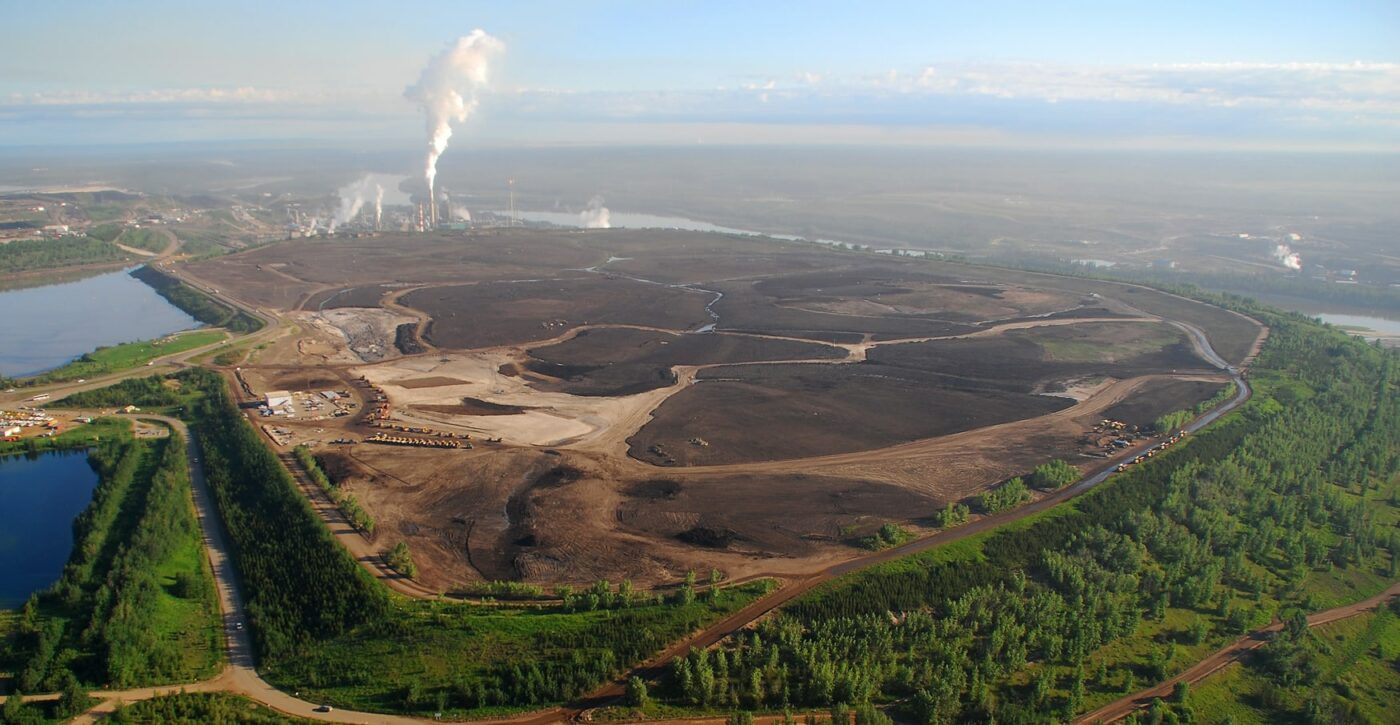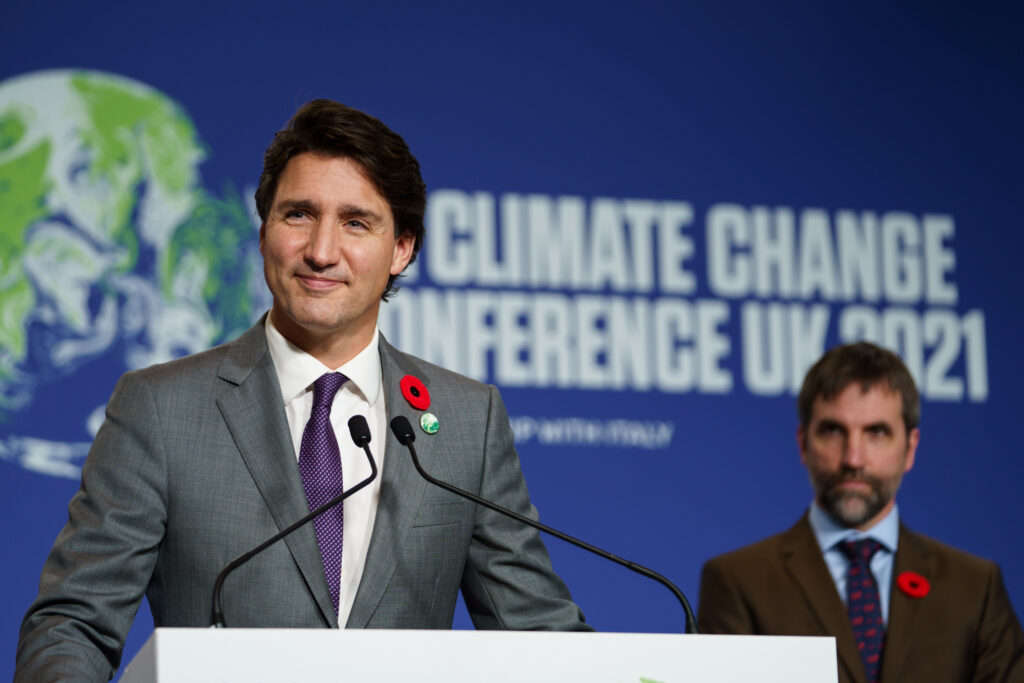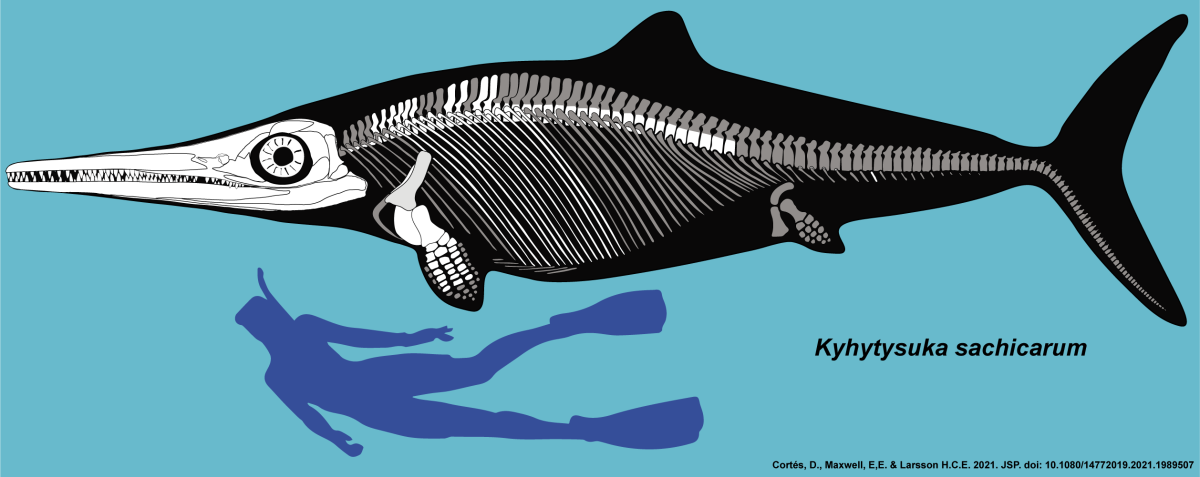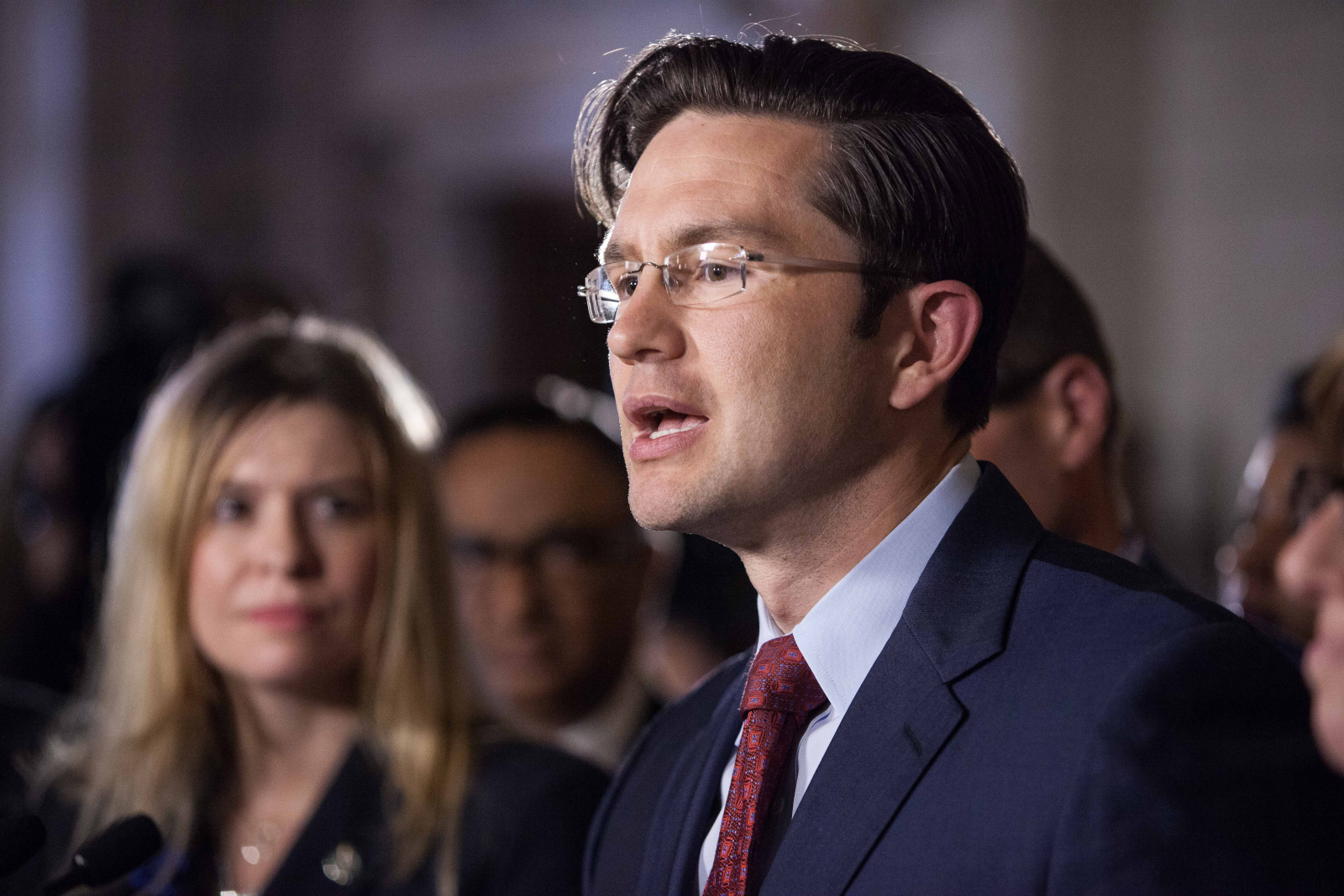
SpaceX founder Elon Musk is shown on stage in Austin, Texas, on October 8. He said last week the company is facing bankruptcy because of woes with its Raptor engine.
Nov. 30 (UPI) -- SpaceX founder Elon Musk told his employees the space company faces a "genuine risk of bankruptcy" because of its struggles in developing its engine for its Starship flights.
In an email obtained by the website Space Explored, Musk called the company's struggle with its Raptor engine production at its base in Boca Chica, Texas, a "crisis." The Starship is a hulking space vehicle created to deliver goods and people to the moon and eventually Mars.
"What it comes down to, is that we face a genuine risk of bankruptcy if we can't achieve a Starship flight rate of at least once every two weeks next year," Musk said in the email.
Musk canceled a scheduled break he planned to take during Thanksgiving to address the Raptor engine issue.
"Unfortunately, the Raptor production crisis is much worse than it had seemed a few weeks ago," Musk said. "As we have dug into the issues following the exiting of prior senior management, they have unfortunately turned out to be far more severe than was reported. There is no way to sugarcoat this."
Last week, SpaceX's vice president of propulsion Will Hetsley left the company after he was removed from the Raptor engine project for lack of progress, CNBC reported. Musk recently said that a "complete design overall" of the engine was necessary."
On Nov. 17, Musk said he hoped SpaceX would conduct its first orbital flight of the Starship in January or February, pending regulatory approval by the Federal Aviation Administration as well as ironing out technical issues.
SpaceX has a lot riding on the line with the engines. It recently beat out Jeff Bezos' Blue Origin for a $2.9 billion NASA contract and has a valuation of more than $100 billion while employing 7,000 people.






 Justin Trudeau’s Liberals pledged during the election campaign to cap emissions from oil and gas and reiterated that commitment at the recent COP26 meeting. Photo: Justin Trudeau /
Justin Trudeau’s Liberals pledged during the election campaign to cap emissions from oil and gas and reiterated that commitment at the recent COP26 meeting. Photo: Justin Trudeau / 












